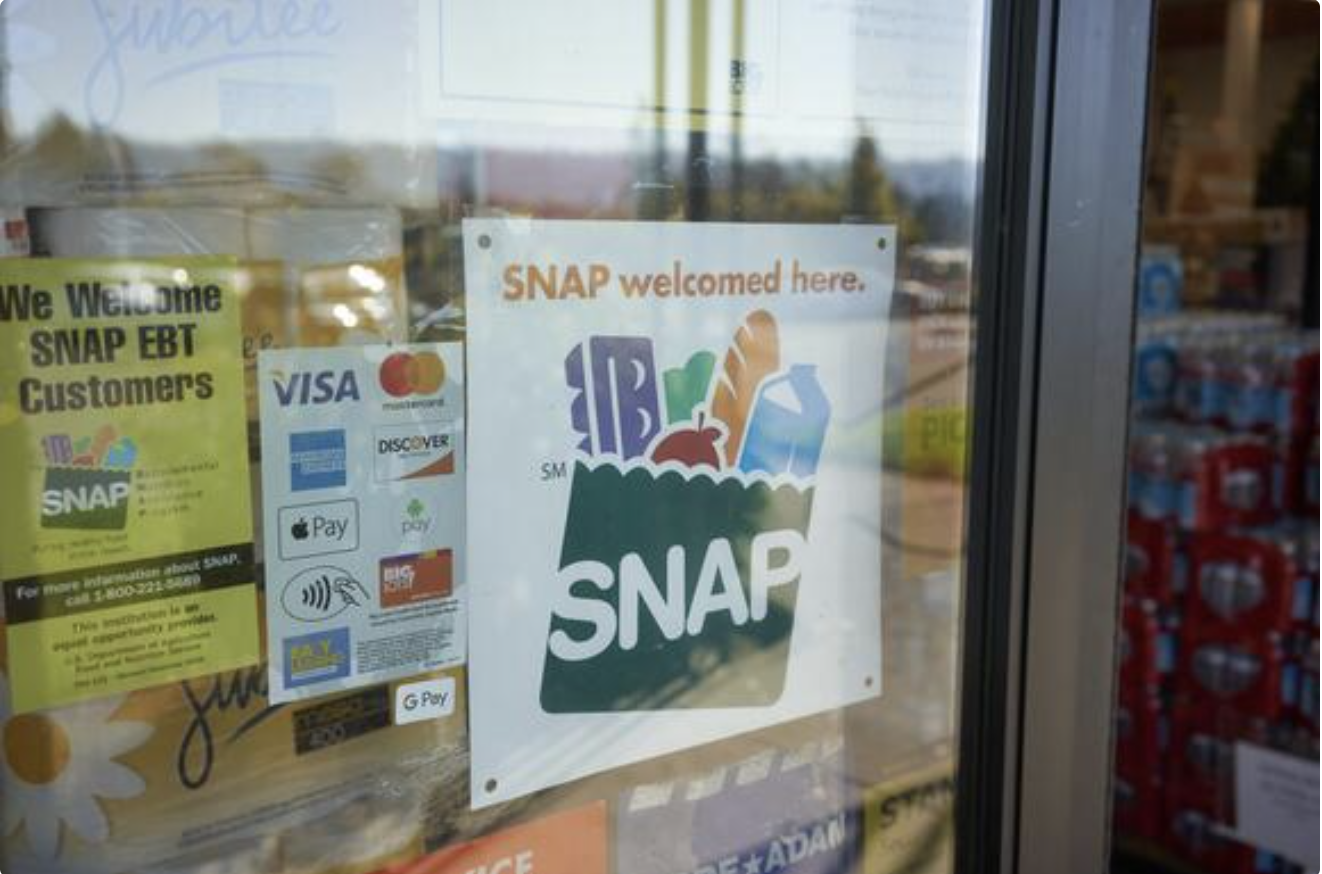PORTLAND, Ore. — Oregon has begun phasing in new federal rules for the Supplemental Nutrition Assistance Program (SNAP), marking a major shift in how thousands of residents access food assistance. The changes stem from a sweeping Republican-led budget package signed into law by President Donald Trump in July, which also included tax cuts for businesses, reductions in Medicaid, and increased immigration enforcement funding.
Key Changes Under the New Law
The federal law dramatically alters SNAP eligibility in several ways:
-
Expands work requirements for able-bodied adults without dependents (ABAWDs).
Also Read
-
Cuts utility allowances for households receiving energy assistance.
-
Ends SNAP access for refugees, asylum seekers, and other specific immigrant groups.
The Oregon Department of Human Services (ODHS) estimates that over 313,000 Oregonians — out of the 757,000 currently receiving SNAP — will be affected once the changes are fully implemented.
First Phase: Six Counties Affected
Beginning October 1, 2025, residents in Multnomah, Washington, Clackamas, Yamhill, Benton, and Hood River counties face new work requirements. Able-bodied adults without dependents must work or volunteer at least 80 hours per month to continue receiving benefits.
Those who do not meet the threshold will be restricted to just three months of SNAP assistance within a three-year period. Exemptions exist for pregnant individuals, people with disabilities, and households with children under 14.
While these requirements apply only to six counties initially, they will expand statewide by January 2026.
Governor Kotek Opposes Federal Changes
Governor Tina Kotek has spoken strongly against the federal mandates, arguing that they worsen food insecurity in a state where food banks are already strained.
“Our top priority now is making sure every impacted Oregonian knows what’s changing and where to turn for help,” Kotek said. “No one should have to choose between food and rent.”
Her administration has directed state agencies to coordinate with nonprofits and community groups to provide resources, referrals, and outreach.
Raising Age Limits for Work Rules
Another significant change raises the upper age limit for work requirements:
-
Previously, ABAWD rules applied to individuals aged 18–55.
-
Now, they extend up to age 65.
-
The definition of “dependent child” has been narrowed from age 18 to 14, meaning more parents and guardians must work or volunteer to keep benefits.
The Center on Budget and Policy Priorities notes that over half of Oregon’s SNAP households include children, and nearly 40% include seniors or people with disabilities. The new rules could disproportionately burden these families.
Loss of Exemptions for Vulnerable Groups
The law removes protections for groups historically considered vulnerable, including:
-
People experiencing homelessness.
-
Veterans.
-
Former foster youth.
In May 2025, these exemptions covered nearly 26,000 Oregonians, including 24,300 unhoused individuals, 209 foster youth, and 1,300 veterans. All will now face stricter requirements.
Utility Allowance Cuts Begin in November
Starting November 1, households receiving energy assistance will see reductions in their SNAP benefits. Only households with a member aged 60 or older and living with a disability will continue to qualify for automatic utility deductions.
ODHS estimates 29,000 households will lose this benefit, with an average cut of $58 per month.
Refugees and Asylum Seekers Lose SNAP Access
Perhaps the most controversial change is the removal of eligibility for refugees, asylum seekers, and others conditionally admitted into the U.S.
ODHS projects that about 3,000 Oregonians — including children in mixed-status families — will lose benefits.
“These changes strike at the heart of SNAP’s mission,” said Dana Hittle, a senior advisor on Medicaid policy at ODHS. “It undermines the program’s ability to feed the most vulnerable, especially children and families who already face barriers.”
Groups losing eligibility include:
-
Refugees and asylees.
-
Victims of human trafficking and their families.
-
Iraqi and Afghan individuals with Special Immigrant Visas.
-
Amerasians born during U.S. military conflicts in Asia.
-
Parolees and those with conditional entry.
-
Spouses or children facing domestic violence.
Some groups remain eligible, including U.S. citizens, lawful permanent residents, Cuban and Haitian entrants, and Compact of Free Association migrants.
Impact on Oregon Food Banks
The SNAP changes arrive as food banks across the state are already reporting shortages.
The Oregon Food Bank says federal shipments of emergency food supplies have been cut sharply. By February, the state had lost 30 truckloads of food, equal to 1.4 million pounds. Another 60 shipments expected this year have been canceled.
“This means less food for families and empty shelves at pantries,” said Morgan Dewey, spokesperson for the Oregon Food Bank. “We are working tirelessly to stock shelves, but these decisions will increase hunger and hardship.”
Long-Term Effects and State Response
Advocates warn that the new restrictions will likely increase food insecurity and poverty rates in Oregon. While the federal government shifts costs downward, the state may face pressure to step in with its own funding to help bridge the gap.
Local nonprofits and hunger-relief networks are already bracing for higher demand. Communities may see increased reliance on churches, food pantries, and volunteer organizations.
Gov. Kotek and state leaders have pledged to pursue both immediate relief measures and longer-term solutions to reduce hunger, though options remain limited under federal law.
What Comes Next
The work requirement rules will continue rolling out across additional counties over the next year before applying statewide in 2026. In the meantime, ODHS is urging affected Oregonians to:
-
Contact local caseworkers for guidance on work or volunteer opportunities that qualify.
-
Seek alternative resources through the Oregon Food Bank and community partners.
-
Stay updated via the ODHS Food Resources website.
With more than 18% of Oregon’s population relying on SNAP, the changes are expected to touch nearly every community in the state.












